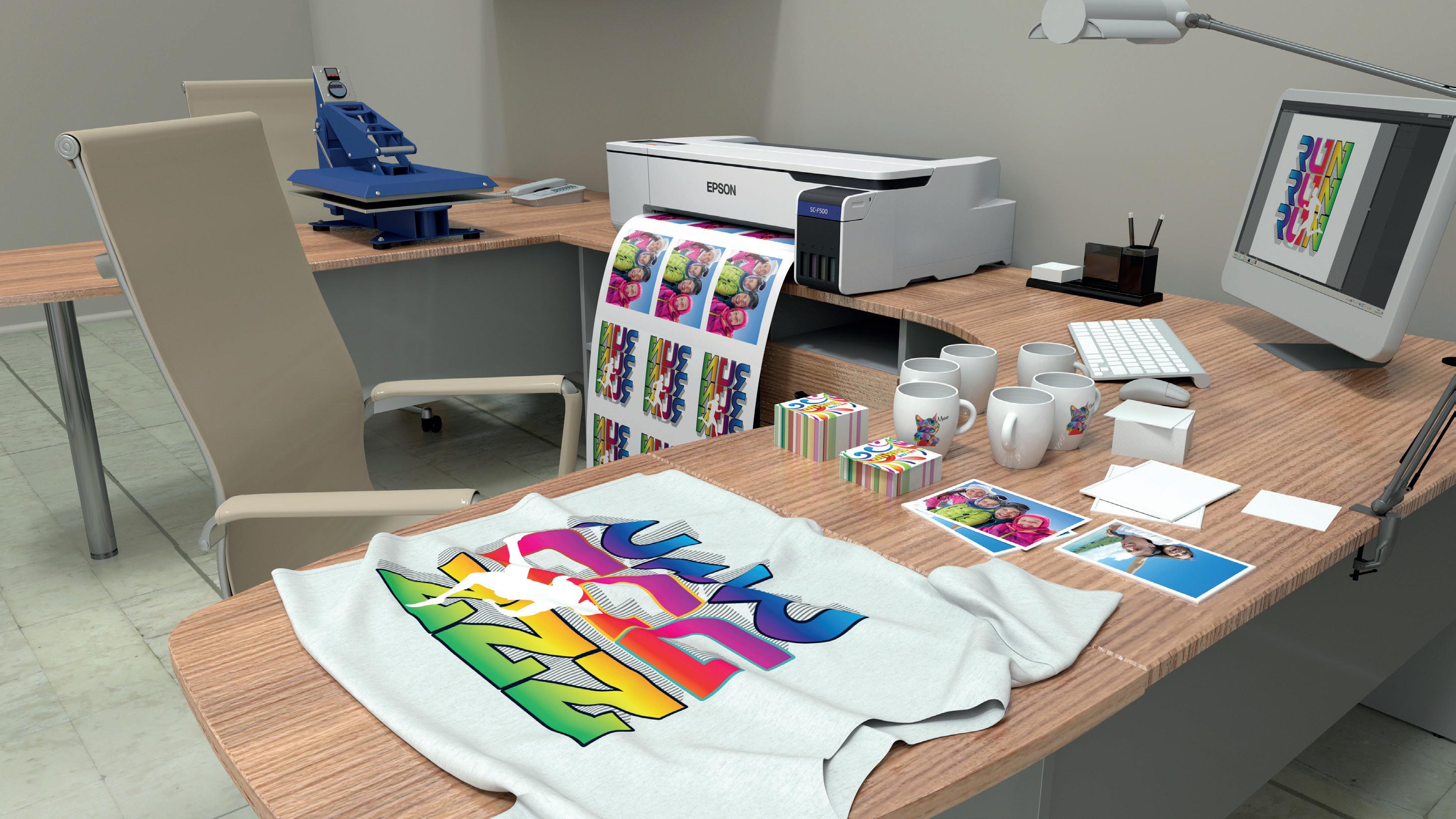
6 minute read
EPSON COVER STORY
EPSON EXPAND YOUR BUSINESS OFFERING
There has never been a better time to enter the market for producing personalised apparel and customised gifts such as sportswear, cushions, mugs, phone cases and coasters. Martin Christie
In another world QPP would have been to several exhibitions in the last twelve months and any number of product launches. Instead we have had to be satisfied with virtual meetings, and distant product views, when we would prefer to be hands on with the real kit, and talking directly to the experts. Well at least this month we got a chance to chat one to one — even at a distance — to Epson’s Pro Graphics guru, Phil McMullin, about current products and prospects.
It’s actually a very timely follow through from an online product launch from December when it still looked like product demonstrations, and even scheduled trade shows, might be possible in the new year only to have the pause button pressed once more.
While many of us have had to make some big changes at the shop counter, reacting to consumer behaviour, Epson has maintained a full staff rota during the lockdown to support its end users. While some direct sales have obviously been hit, other demands like signage and display have been at a premium.
Epson has been a leading force in ink and print for twenty years initially dominant in photography, fine art and commercial proofing. Gradually their machine range has expanded into display, signage and textiles to name a few. The aim has always been to have a perfect

solution for all uses, and in large format there is no one-stop fix. As a result the choices available to the end user may look a little confusing. So it’s probably best to spell out which device does what best.
The most familiar inkjet printers for general use will be those covering photography, graphics and plan printing, being the Sure Colour T (for Technical) and P (for photography) series using water-based pigment inks, with anything from four- to twelve-colour options relating to speed and quality. These can also do indoor signage if needed, but anything more durable and waterproof will need additional lamination or encapsulation.
For longer lasting outdoor use on banners and the like, you need a tougher solution which traditionally has been solvents which contain a releasing agent to bond the inks to various surfaces, notably PVC or other similar material. Developments have made these agents more environmentally-friendly resulting in so-called eco-solvent printers which have a more mild biodegradable solution, but do require more heat to cure them, and are generally not as long lasting.
More recently a water-based ink solution, referred to as Latex, was introduced to solve these issues. Epson had already been using this technology on their industrial label machines, but introduced their first large format printer with it, under the title of resin, at the end of last year.
While some might suggest they had come late to the party, Epson would insist they had given time to consider what the end user really needed, and what would best serve the large format demands. This included reducing the carbon footprint with a three stage lower temperature feeder, and replacing plastic cartridges with foil pouches. But there are many other details to increase the overall efficiency.
Epson offers both Eco-solvent and Resin printers in its line up for the reason that each does a similar job, but slightly differently, although the differences are narrowing. Generally solvent inks produce more vibrant colours, but need venting and time to cure. Eco solvent inks are also prone to scratching and may need to be laminated. Resin prints will be ready to handle straight out of the machine, and because they don’t give off any odours or fumes will be suitable for sensitive locations like hospitals and schools. Solvent inks on the other hand are better for flexible usage like vehicle wraps. It needs a careful comparison of the pros and cons to decide which is best for a particular user.
While both can print on materials other than PVC, however, the most vibrant colours and absolute longevity come from dye-sublimation printers which Epson also have in their range and which are likely to be the most popular and profitable to the print on demand outlet. Dye Sublimation is nothing new, and most printers will have even a small printer and press for novelty items. Many of these printers will in fact be standard Epson inkjet printers converted to sublimation inks and serviced by specialist dealers.
But Epson has always wanted to provide end users with the full joined-up service, so as well as new printers, comes the heat press, the media and the back-up you would expect from a major player.
In sublimation the inks penetrate the surface of the item, ideally polyester, or polymer coated, and are fused into it with heat so colour is permanent and does not fade or scratch, and this works on a wide range of things.’ Hard items include specially coated plaques, signs, placemats, coasters, tiles, mugs, metal and keyrings. Soft items include polyester fabric, canvas, t-shirts, cushions, car sun screens, pillowcases and more!
While it’s possible to print and press on to natural material like cotton, the result won’t be fade-free however.
As long as the base material is suitable, however, the uses are as wide as a customer’s imagination, with the option of a little bit of trial and error which has always been the trade mark of the traditional copy shop. That’s something you can’t get on line.
We know from experience at the counter that customers often don’t know exactly what they are looking for if it’s a novelty item, or something more unusual that doesn’t come offthe-peg. So a flexible print system is a perfect option.
Epson have two new Dye-sub printers, the 24inch SC F500, and the A4 F100 suitable for the print-on-demand market, competitively priced and with full manufacturer support with media, inks and accessories. Even if you have a dye sub machine already, it is often tucked in the corner out of the limelight, and forgotten about until somebody wants a mug.
This is an opportunity to think again of the possibilities that may arise in the brave new world we are all going into. Certainly worth a fresh look.

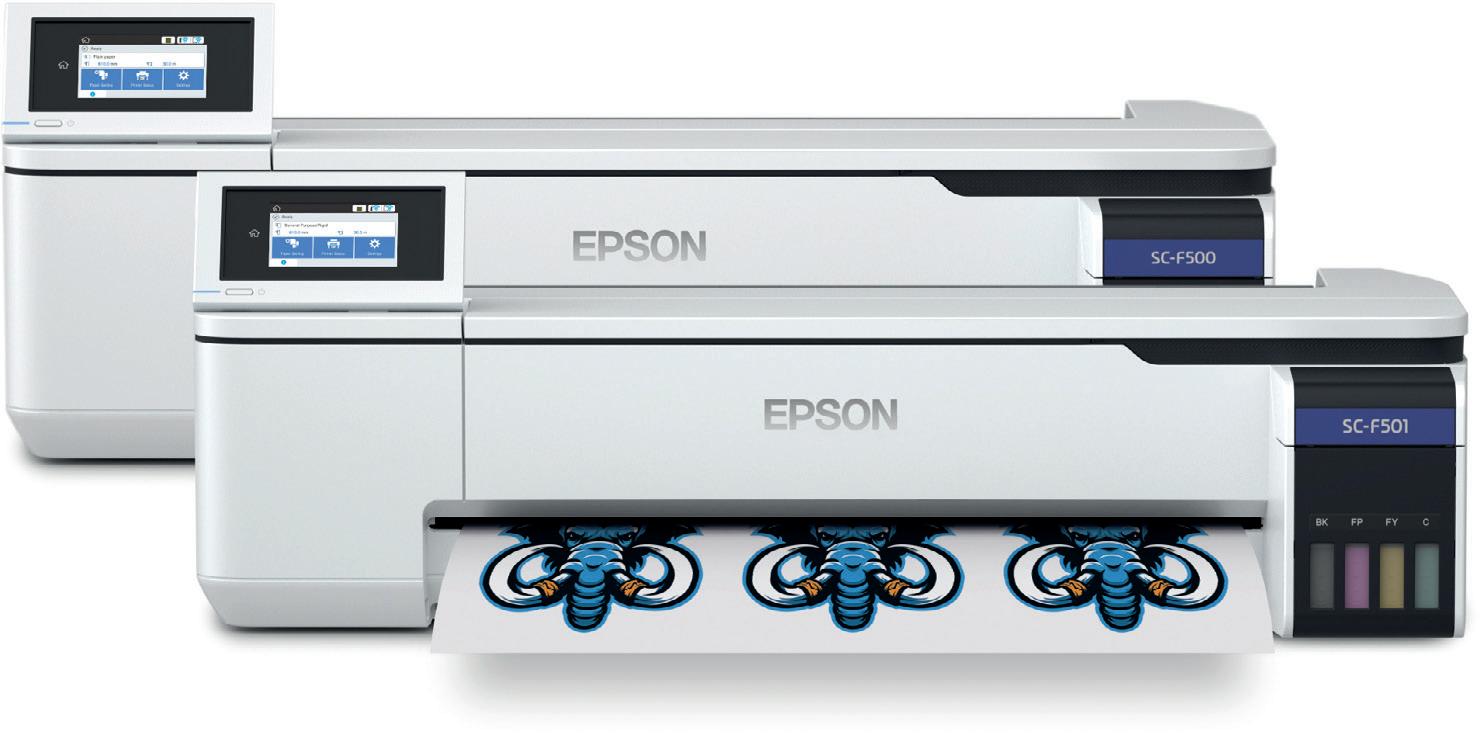
You can see Phil in his colourful shirt presenting the new printer here: https://fb.watch/37P3Rf86dq/






OLTA






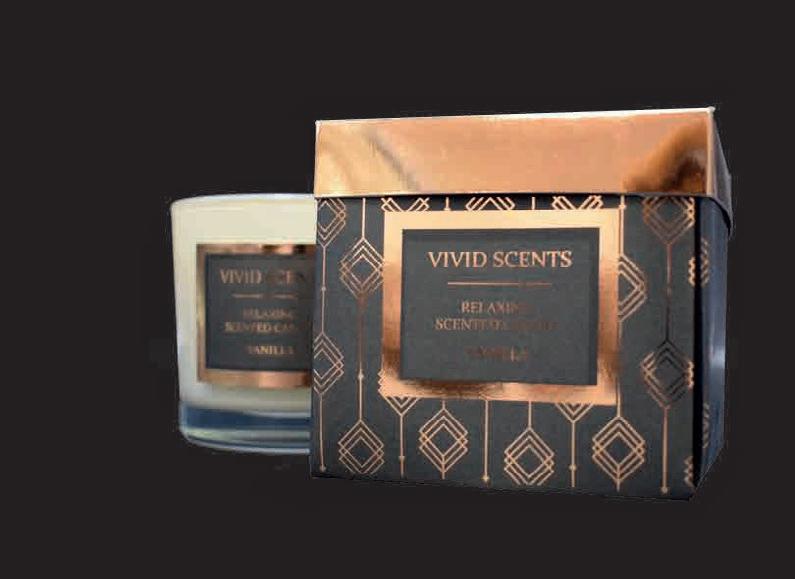

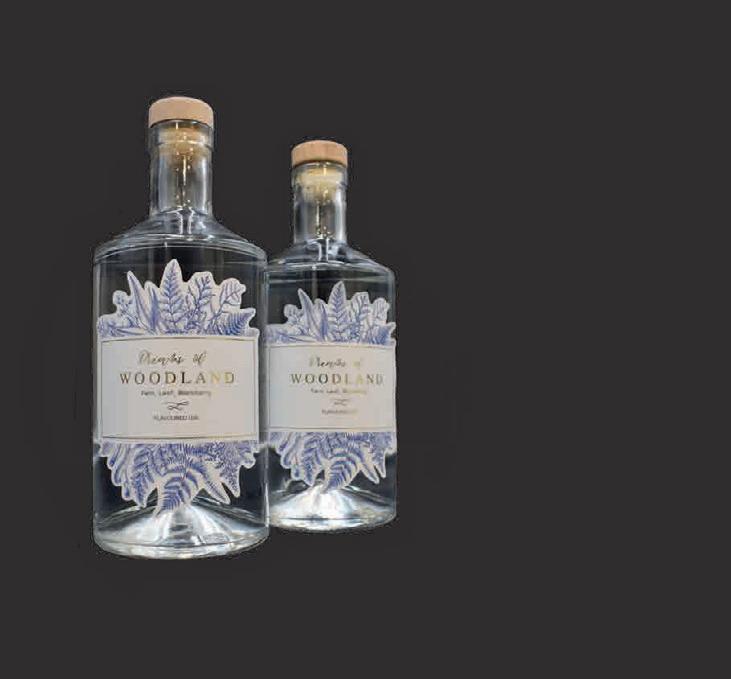
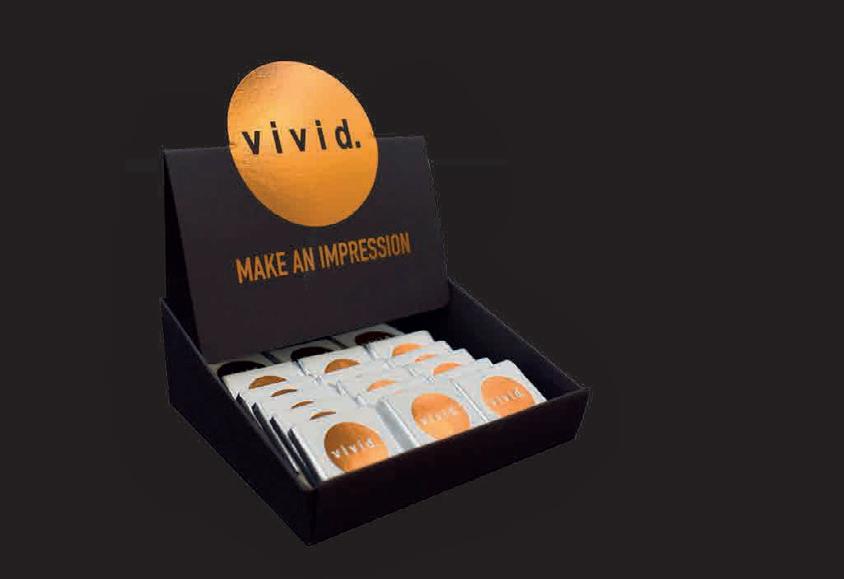

NE us
















